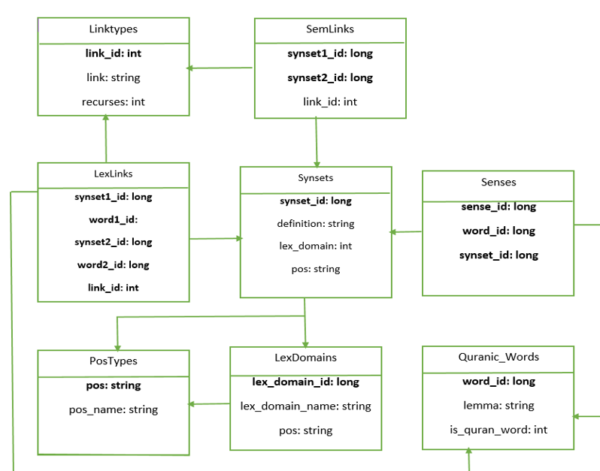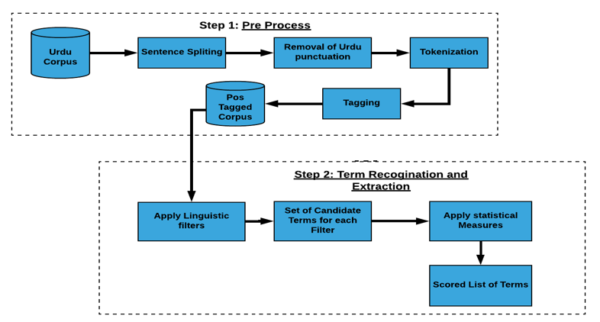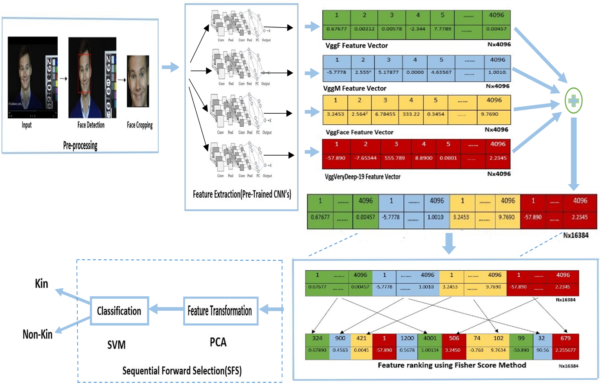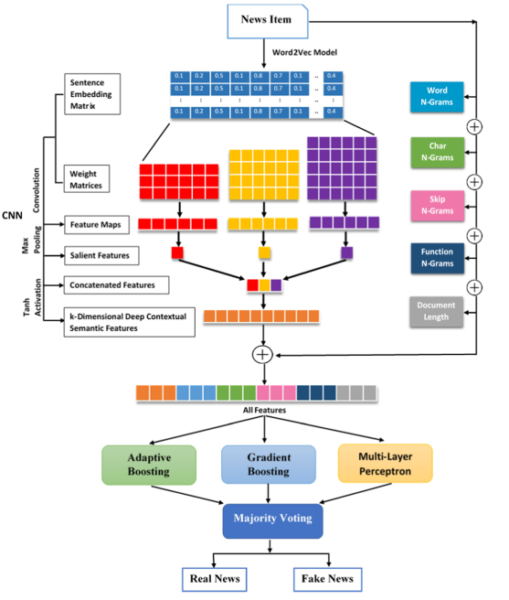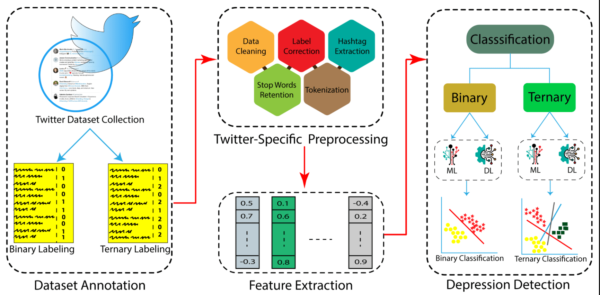
Depression Detection using Machine Learning Technique
In today’s world, mental health diseases have become highly prevalent, and depression is one of the mental health problems that has become widespread. According to WHO reports, depression is the second-leading cause of the global burden of diseases. In the proliferation of such issues, social media has proven to be a great platform for people […]

